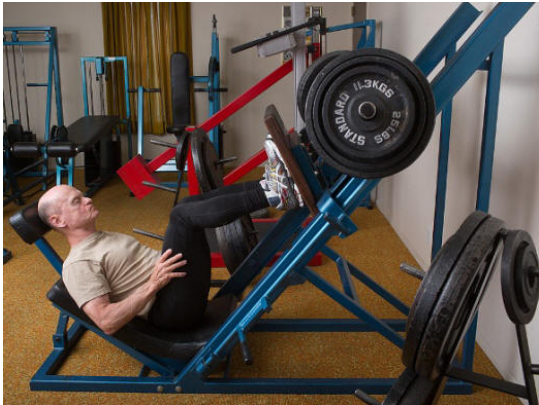Exercise is vital whether following a low-carb, ketogenic lifestyle, or another health plan. However, regular physical activity can act more efficiently following a ketogenic diet.
Let’s face it- the primary reason you exercise is to look good, period. Sure, health benefits are a nice secondary benefit, but if we are brutally honest, it’s because looks matter to almost everyone.
A mere diet can never help you achieve the body you want, even though diet is essential in supplying the building blocks and setting the stage for your desired outcome.
Do you want to know exactly how exercise can help you while on the ketogenic diet? Read on and find out!

Exercise Improves Insulin Sensitivity
In many people, insulin sensitivity decreases with age, along with the level of physical activity. Sedentary persons are much more likely to have elevated blood glucose levels, record a higher level of insulin secretion over the day, retain excess body fat, and may likely pave the way to pre-diabetes.
Exercise, especially weight-bearing, anaerobic activity, has been shown to improve the efficiency of insulin in response to blood glucose or amino acid levels and promotes the absorption of nutrients.
When following the ketogenic diet, blood glucose levels are lowered, along with muscle glycogen stores, making the body more efficient at handling small bursts of glucose either ingested or produced via the Krebs cycle.
Fat Burning Is Amplified
One of the most sought-after benefits of low-carb diets, specifically the ketogenic diet, is its marked effect on fat metabolism. In the absence of carbohydrates, insulin’s activity decreases markedly, paving the way for significantly increased levels of lipolysis. Excess insulin caused by eating too many carbs, for instance, can hinder fat burning and increase fat storage, which is a terrible scenario if you are trying to lose weight. So, be sure to choose keto-friendly foods that can help stabilize insulin and get regular exercise.
Are you not following a strict ketogenic diet? That’s fine. There are many variations of the ketogenic diet that are not as strict, but which still reap many of the benefits associated with it. For example, exercising first thing in the morning on an empty stomach place the body in a position to burn fat for energy, as glucose levels are depleted following 8 hours of fasting. Many athletes prefer to work out in the morning, which is the best time to amplify fat metabolism.
Exercise Promotes Muscle Gain
Well, this depends mainly on the type of exercise; weight-bearing, anaerobic types supply significantly more onus for muscle growth than steady-state aerobic varieties.
Why is muscle growth significant? Muscle is the “powerhouse” in our bodies, better known as the mitochondria, and handles the literal burning and oxidation of ATP. The more muscle we have, either the more of these power units we have or, the larger they are. The result? Greater caloric burn while doing absolutely nothing, including enhanced fat burning. It is also crucial for you to keep exercising, as the adage, “use it or lose it,” is very much true.
Tweaking Keto
There are keto adaptions for bodybuilders, athletes, and others who perform intense exercise, where carb intake revolves around training.
- Cyclical Ketogenic Diet – Athletes, bodybuilders, weightlifters, and anyone taking part in high-intensity exercise use this plan, and it features short periods of high carb intake. Typically, five keto days are followed by two high-carb intake days.
- Targeted Ketogenic Diet – Bodybuilders also use this plan, athletes, and those who work out regularly to fuel intense workouts. Features high-load carb intake based on activities.
Exercise is a mandatory addition if you’re trying to extract maximum benefit from the ketogenic lifestyle. Your health will significantly improve, including your glucose and lipid profile, but so will your overall body composition. If you genuinely want to look your best, you will not reach it unless you incorporate aerobic (cardio) and anaerobic (weight-bearing) sessions.
Exercise may seem difficult during the first two or three weeks of adapting to the ketogenic lifestyle, but once your body efficiently produces ketones, fat loss, strength, and muscle gains will ensue.









Leave a Comment